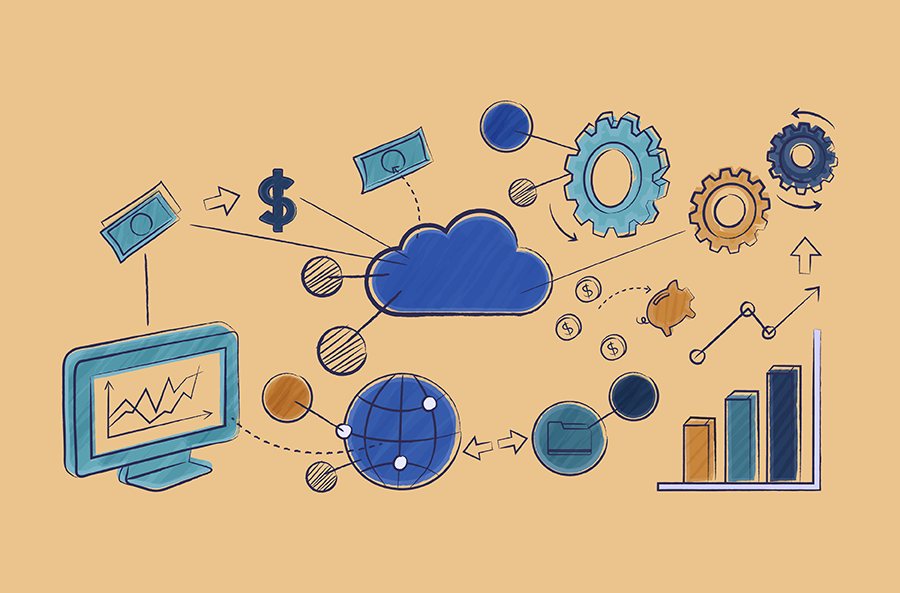Clouds are growing very fast with companies creating new resources and migrating existing workloads from private clouds or bare metal. But it comes to be tricky to figure out all the migration costs and how big your cloud bill will be when the migration is done. Let’s discuss all the expenses in detail, unveil hidden costs and I’ll give some hints how to prepare for the migration.
This article is dedicated to FinOps teams to help properly plan for a lift-and-shift migration and project cloud costs.
First of all, let’s list all the expenses of the lift-and-shift migration project:
1. Team
2. Migration tool licenses
You can definitely try to migrate with some scripts but it doesn’t work for big migrations. Consider either a free cloud migration solution or a more sophisticated one. I describe pros and cons of the tools in one of my recent articles.
3. Target cloud costs
Multiple resources are created on a target side during a migration project. The longer the projects run the bigger the costs are. Here are some tips on how to avoid double bubble during the lift-and-shift and pay less.
4. Network traffic
Lift-and-shift consists of full and incremental replicas. Full replica means that all the data will be copied to the target side. Definitely, there are various compression algorithms, but, by default, consider that your traffic consumption will be at least (and in case of incrementals it will be much higher) the size of all the disks on your machines. In the majority of the cases network traffic is not free, and often this aspect is neglected during planning.
5. Software licenses
Some of the clouds (AWS in the majority of the cases) don’t allow BYOL (bring your own license) so you need to consume new licenses for the applications and operating systems running on a target side. For example, if you have a Windows machine with SQL and want to leverage your Microsoft licensing program, you have to run it on a dedicated server or bare metal machine which is way more expensive than a virtual machine.
The list above covers different aspects of a regular lift-and-shift project. But even if you fail with an accurate estimate for the project from a time or cost perspective, in the majority of the cases it can have a significant but not fatal impact. The real issue is to properly project your monthly or annual cloud costs when the migration is done as migration from a private cloud requires a change in FinOps stakeholder mindset and it switches from CAPeX to OPeX. Some companies are not prepared for that. Here is an article where I describe different cloud cost projection strategies.
To properly handle Day-2 cloud costs you need to prepare the following:
- List all the resources nominated for the migration, find respectful cloud resources and calculate their monthly cost. It is a complex task but a good thing is that 80–85% accuracy is enough as there will be some variable part (like migration project duration – means all the costs listed above) in any case. As a result, you get a forecast of your monthly cloud bill.
- Find a proper cloud cost management and arbitrage solution. It will help you keep costs under control, get recommendations where to create new resources and optimize your existing workloads. There are multiple FinOps communities and topics discussing that.
- Leverage cloud optimization capabilities like saving plans, reserved and spot instances. I’d like to recommend our free API for retrieving optimal R&D workloads configuration optimized for CI/CD jobs.
Clouds are extremely helpful for company growth, cloud migration is totally doable in 99% of the cases. But these two clauses are valid only if you are well-prepared and have a clue what you do.

Nick Smirnov, Digital transformation & FinOps enthusiast and visionary, CEO at Hystax




